Both primary and secondary sources enabled me to write a Civil War novel, and they can help you to teach
I was drafting and researching what would become my historical novel Brookhaven, and I looked at the 1860 census records for Pike County, Mississippi. I’d been having trouble finding my ancestor Samuel Young listed anywhere in Confederate army rosters. The only one clue I’d previously found was a listing for S.F. Young, who joined a Mississippi rifles unit late in the Civil War and was sent to Texas. I thought the census record might have another name by which he was known.
I found the list of Youngs. And the family I was looking for. There he was – Samuel F. Young, age 13. My eye traveled up the list to his father, Franklin. And the occupation listed was farmer. The same occupation was listed for Samuel’s two older brothers.
Something was wrong. My father always insisted we came from a long line of shopkeepers, that the family had never owned slaves. Yet here they were, listed as farmers. I checked the census for 1870 and 1880 and found Samuel listed as—a farmer.
Everything I thought I knew—that family legend had handed down through four generations—the boy who enlisted and was stranded in the east at war’s end—would turn out to be wrong. The 1860 census would only be the first revelation. Checking primary sources would reveal the facts, and the legend would eventually die. With me.
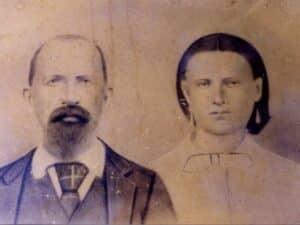
My great-grandparents, Samuel and Octavia Young, about 1880
To research what I needed to know to write Brookhaven, I used a considerable number of primary and secondary sources (you can check the novel’s eight-page bibliography). The information I needed—what daily life in a small Southern town in the 1863 to 1915 period—was covered to some degree in academic research and even some popular histories. But it was once or twice or sometimes three times removed from the reality people lived.
I read diaries. I read memoirs, like those by soldiers, including one who described his experience as a Jewish man who fought for the South and became a prisoner of war. I read soldiers’ accounts of the battles they were in. I read letters to soldiers and letters home. I visited numerous web sites. I read a lot of books. I pored over maps, and not only battle maps. I talked with people on Family Search and Ancestry.com who shared family connections (one actually lived about 15 miles from my home in St. Louis and was desperate to get hold of the records in my family Bible).
Some sources were more helpful than others. These are the 10 best I’ve found for teaching (myself) and learning what I needed to know about the Civil War.
10 Great Resources for Teaching the Civil War
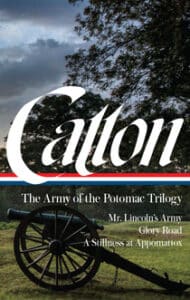
2. First-person accounts. From 1870 to about 1920, there was a publishing explosion of Civil War memoirs, many of which are available on Amazon Kindle or free via a variety of sources. One that I relied upon was the four-volume set The Civil War Told by Those Who Lived It, published by Library of America. Each volume covers a specific year and includes letters, speeches, news reports, army orders, and numerous other first-hand accounts.
3. Maps. You can’t study the Civil War without maps to show you the positioning of armies, the terrain, and how geography sometimes determined victory and loss. I used two books: Maps of the Civil War by David Phillips and National Geographic’s Atlas of the Civil War by Neil Kagan and Stephen Hyslop.
4. People, and I’m talking about Grant. No one individual had more to do with the outcome of the Civil War than Ulysses S. Grant. I came to understand him as less than a great military strategist and more as a general who knew to use the advantage he had in men and material—no matter how many lives it cost. Ron Chernow’s Grant is a solid and recent (2017) biography, but Grant’s Personal Memoirs are well worth reading. Over the years, there have been many editions; I have a set originally published in 1885 by Mark Twain’s publishing firm, and it’s a treasure. One of my favorite books on Grant is My Dearest Julia: The Wartime Letters of Ulysses S. Grant to His Wife. The hero of the Civil War turned out to be deeply in love with his wife.
5. Origins of the War. A good summary of the flashpoint of slavery is Andrew Delbanco’s The War Before the War (2018). But if there was a work that framed my own understanding, it is The Complete Lincoln-Douglas Debates, with the full texts of all seven of the famous 1858 debates. Henry Wadsworth Longfellow’s Poems on Slavery is another good resource.
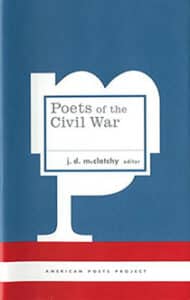
7. Web sites. At one time, two Civil War magazines were published, but both ceased publication in the last year. Web sites abound, however, and I can without hesitation recommend two of them. Emerging Civil War draws upon a host of volunteer writers on almost every conceivable subject related to the Civil War. Recently, it even published an article I wrote on how my research upended the family legend. And Civil War Books and Authors posts notices of books published, book notes on certain books, and longer reviews on others. It provided me with a number of leads to books that were important for my novel Brookhaven.
8. Publishers. Numerous publishers regularly issue books about the Civil War, but for the past seven years, I kept running across three of them. Savas Beatie publishes military history, and it has an extensive list of Civil War titles. LSU Press, the university press of my alma mater, publishes books of all kinds, but it also has a focus on Civil War books. Southern Illinois University Carbondale Press also publishes Civil War books on a regular basis.
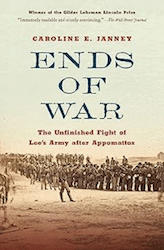
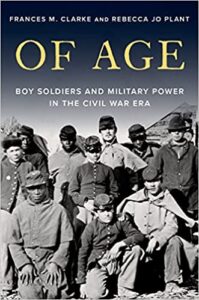
What did I learn about my own family from all this research? The family legend was wrong, as in, it never happened the way it had been told. My great-grandfather was the youngest son, and he was too young to enlist in 1861, but not by 1864. His father kept him at home for as long as he could, even paying someone else to substitute in the Confederate draft.
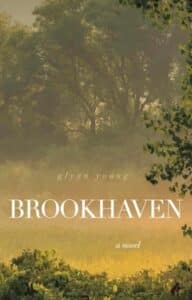
I had to decide whether to start over or stick with the original idea. It wasn’t much of a decision; I stuck with the original idea, because it was still a way to tell the story of the war that I hadn’t come across before. But it wasn’t the story of my family.
Writing a historical novel is some of the hardest work I’ve ever done. Six years of reading and research, almost two years of writing, publishing another, unrelated novel in the middle of it, and discovering what I understood about my own family was wrong. Brookhaven took me on a journey that was thrilling, piercing, heartbreaking, maddening, and puzzling. And I don’t regret a moment.
Related: Relearning Civil War History to Write a Novel
Photo by Robert Anders, Creative Commons, via Flickr. Post by Glynn Young.
How to Read a Poem uses images like the mouse, the hive, the switch (from the Billy Collins poem)—to guide readers into new ways of understanding poems. Anthology included.
“I require all our incoming poetry students—in the MFA I direct—to buy and read this book.”
—Jeanetta Calhoun Mish
- Poet Sidney Lanier and the Lost Cause - October 2, 2025
- Poets and Poems: A.J. Thibault and “We Lack a Word” - September 30, 2025
- Poets and Poems: Catherine Strisik and “Goat, Goddess, Moon” - September 25, 2025
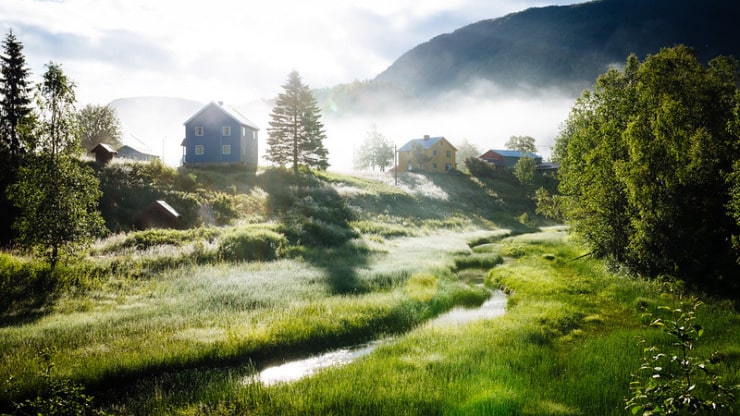
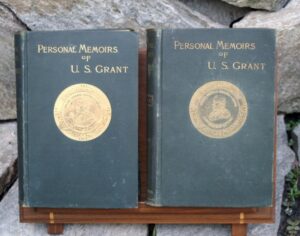

L.L. Barkat says
This is so absolutely fabulous, Glynn. What an education! 🙂
Clay Smith says
Fantastic, Glenn. I can’t wait to read Brookhaven. Did you read Harry Stout’s Upon the Altar of the Nation in your research?
Glynn Young says
No, I didn’t, Clay, but I will check it out. Thanks for the comment, and Ihope you enjoy “Brookhaven.”
Dave says
Wow, Glynn. Wow. I have so many questions . . .